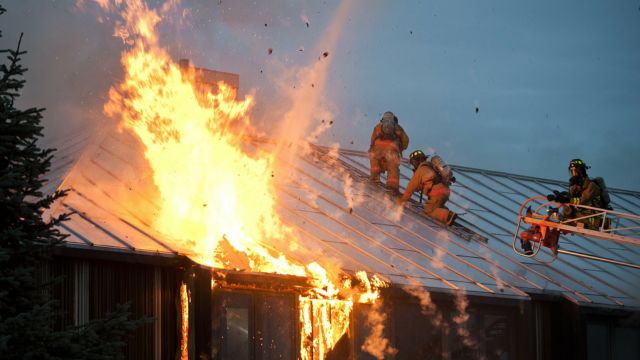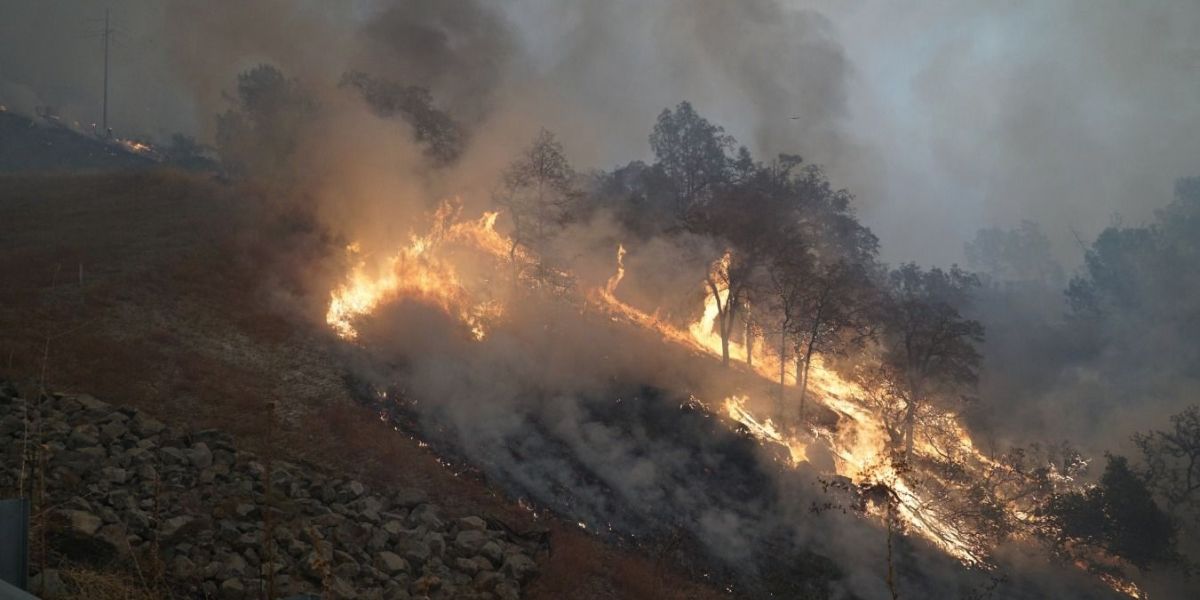Sacramento, California Senator Brian Dahle, a Republican from California, is advocating for the provision of tax credits to homeowners that enhance the fire resistance of their homes. Getting rid of vegetation and hardening homes are the objectives.
According to Dahle, Californians already have difficulty affording needs. My bill’s credits will lower the price of mitigating wildfires and provide an incentive for good forest management. This effort saves lives and homes, and the solution to our insurance and wildfire challenges lies in creating safer communities.
Dahle continues, “Senate Bill 952 would create a tax credit to encourage defensible space and make the necessary improvements feasible.”
It is a reaction to an increase in large-scale fires in the past few years and the influx of people compelled to enroll in the California Fair Plan. With 85 fatalities, the 2018 Camp Fire was the deadliest in Californian history. In addition, an unprecedented 4 million acres were destroyed during the 2020 wildfire season.
A new idea that could offer tax benefits to homeowners who make changes to their homes’ fire safety measures is currently in the works and is intended to promote and incentivize homeowners to improve their fire safety systems. In addition to ensuring resident safety, the project seeks to lessen the destructive effects of home fires and wildfires, which are still a threat to communities around the country.
The Suggestion
The main goal of the proposed tax break is to give homeowners who make certain fire safety upgrades financial relief. The installation of cutting-edge fire detection systems, ember-resistant vents, fire-resistant roofing materials, and landscaping changes intended to create defensible spaces around the property are a few examples of these upgrades. Developing a thorough strategy to protect houses from the devastating power of fires is the aim.
Justification for the Proposal
The growing frequency and severity of wildfires in many areas, along with the constant risk of house fires, highlight the necessity for such a tax incentive.

Policymakers hope to lessen communities’ susceptibility to the destructive effects of both accidental and natural fires by enticing homeowners to make investments in safety features and fire-resistant infrastructure.
Advantages for Householders
Homeowners would have a financial incentive to proactively repair fire safety issues thanks to the proposed tax credit. This could therefore result in a rise in the use of cutting-edge fire safety materials and technology, strengthening dwellings’ resistance to fire hazards.
Improved fire safety protocols also lessen property damage and save homeowners from the psychological and financial burden of reconstructing their homes after a fire.
The Resilience of the Community
The proposed tax cut intends to increase societal resilience against wildfires, not just individual household resilience. As more homeowners benefit from the offer, communities are better equipped to handle fire crises as a group.
This strategy is in line with larger initiatives to build communities that are fire-adapted and able to resist the difficulties brought on by the shifting climate and the rise in wildfire frequency.
Implementation Difficulties
Although the proposed tax cut has the potential to improve fire safety, there might be difficulties in putting it into practice. Establishing unambiguous norms and criteria for qualifying improvements would be necessary to guarantee equity and efficacy.
Furthermore, tight coordination with local building code authorities and fire departments would be necessary to ensure that the suggested actions comply with accepted safety guidelines.
A proactive step toward creating more resilient communities is the implementation of a tax incentive for house fire safety upgrades. This project, which gives homeowners the power to invest in cutting-edge fire prevention measures, serves two purposes: it protects individual properties and lives, and it also advances the larger objective of building communities that can survive the increasing challenges that flames represent.
This idea has the potential to be a huge step toward a safer and more fire-resistant future for homes across the country as legislators work to improve and implement it.




